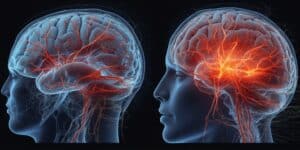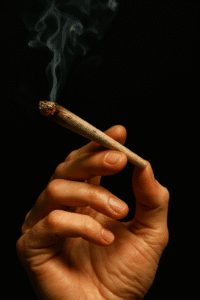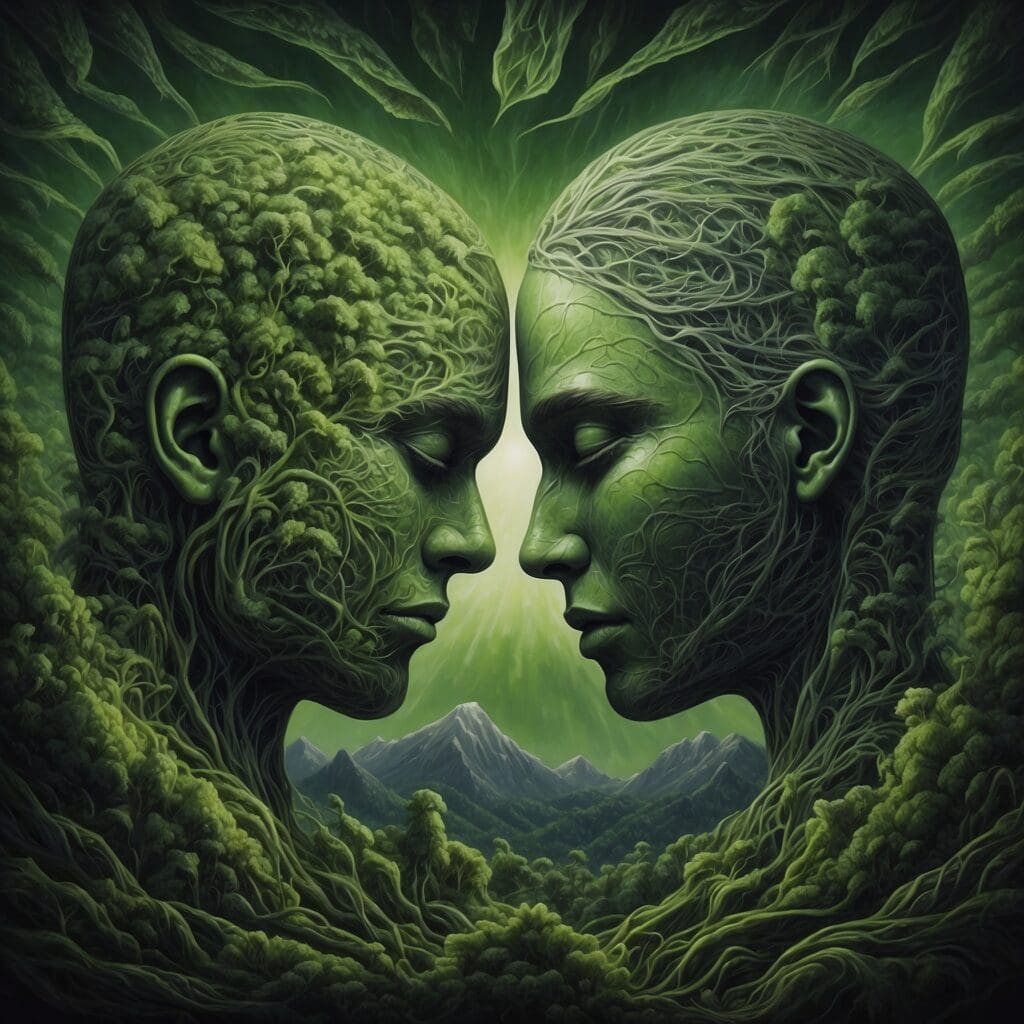Last week we created a post called Cannabis and Anxiety | Friend or Foe. This post will be a further elaboration onto that post. Explaining in more detail the reason why, when and how as to how anxiety affects us when it comes to cannabis. Please not this is not medical advice, and one should always consult their doctor before taking action.
Why Someone Can Suddenly Flip from Calm to Panic

This is not a random occasion and can be explained as to why this might be a sudden or re-occurring experience.
Downregulation of CB1 receptors:
When you use cannabis chronically, especially high-THC strains (which are more common in todays world), your CB1 receptors (which THC binds to) get less sensitive and fewer in number. This is the brain’s way of saying, “Okay, too much stimulation, let’s dial this back.” Your body is attempting to chemically re-balance your body.
Loss of natural balance:
Normally, your ECS produces its own cannabinoids (like anandamide, nicknamed the “bliss molecule”) to regulate mood and stress. With heavy cannabis use, your ECS says, “Why bother?” and natural production declines. You are technically hacking your body, yet not in a good way. controlled low dosages are they key.
Result:
When the external THC fluctuates (like during a tolerance break, or even between highs), your system may suddenly struggle to regulate stress and reward. That imbalance can trigger anxiety or even panic attacks. Your mind is always sending signal out for your awareness. Letting you know something is off, this is its red flag to your over-consumption.
Solution:
Although this is a tough place to be in, and it can even feel like you may be dying, the best thing we can do is to take deep breaths. Focus on your breathing, your heart and what you can hear around you. Know that you are going to be alright, all time needs to do is pass and you are one step further into healing.
Chemical Imbalances at Play

The panic attacks usually come from a cocktail of changes:
Endocannabinoid tone drops: Less anandamide = less natural anti-anxiety buffering. This cannot be helped by consuming more THC, Rather look towards CBD as a useful way to get over your withdrawals.
Dopamine dysregulation: THC boosts dopamine in the short-term, but long-term use can flatten your baseline dopamine. That means you feel “off,” anxious, or restless when not high. Almost like drinking too much caffeine. You aren’t spontaneously creating energy from thin air, you are using up your budget for the next hour to two days.
Stress system hyperactivity: The ECS normally calms the hypothalamic-pituitary-adrenal (HPA) axis (your stress response). With chronic cannabis use and CB1 downregulation, this braking system malfunctions, so stress hormones like cortisol spike more easily. This being the main culprit of your panic/anxiety attacks.
Glutamate/GABA imbalance: Too much glutamate (excitatory neurotransmitter) and not enough GABA (calming) can leave the brain in a state of hyperarousal, perfect storm for panic. Well in simple terms “When cannabis throws off the balance between glutamate (the brain’s “go” signal) and GABA (the brain’s “slow down” brake), your mind can get stuck in overdrive, making panic more likely”
How Long Does It Last?

Acute panic attacks: Can last from 10 minutes to an hour (depending on dose, metabolism, and individual sensitivity). Commonly they last less than 5 minutes, although in cases where they last longer focus on the solutions mentioned in the first topic.
Withdrawal-related anxiety: Usually peaks in the first 2–7 days of a tolerance break and can last 2–4 weeks. Some studies note lingering effects (like low mood or irritability) for up to 3 months in heavy users. The healing process is long, so use your mental strength to prevent relapse.
Chronic vulnerability: In some cases, heavy long-term use rewires stress response circuits enough that a person becomes more prone to anxiety even after quitting. This is more common in younger adults/teens with developing brains.
Does Frequency/Amount Matter?

The more cannabis you consume, especially high-THC strains, the greater the risk of running into problems, whether it’s panic during use or dependency that leads to tougher withdrawal anxiety later on.
Cutting back, on the other hand, can trigger short-term spikes in anxiety because your endocannabinoid system is still under-functioning and adjusting to life without constant THC. The good news is that with time and consistency, your receptors begin to recover, natural endocannabinoid levels rise again, and anxiety often eases in the long run.
Conclusion
I truly hope this post has given you some clarity and perspective on your situation. Cannabis can be bad or good, depending on if it’s being used correctly. Few things feel worse than experiencing these kinds of chemical imbalances while not fully understanding why they’re happening. The most important thing to hold on to is that you will be alright.
The path to life without THC can be extremely challenging, but for many it’s a necessary step. Cannabis itself is not the enemy, like anything powerful, it simply loses its benefit when abused. It’s a medicine, and when used responsibly and with guidance, it can support well-being without bringing along the heavy side effects.

